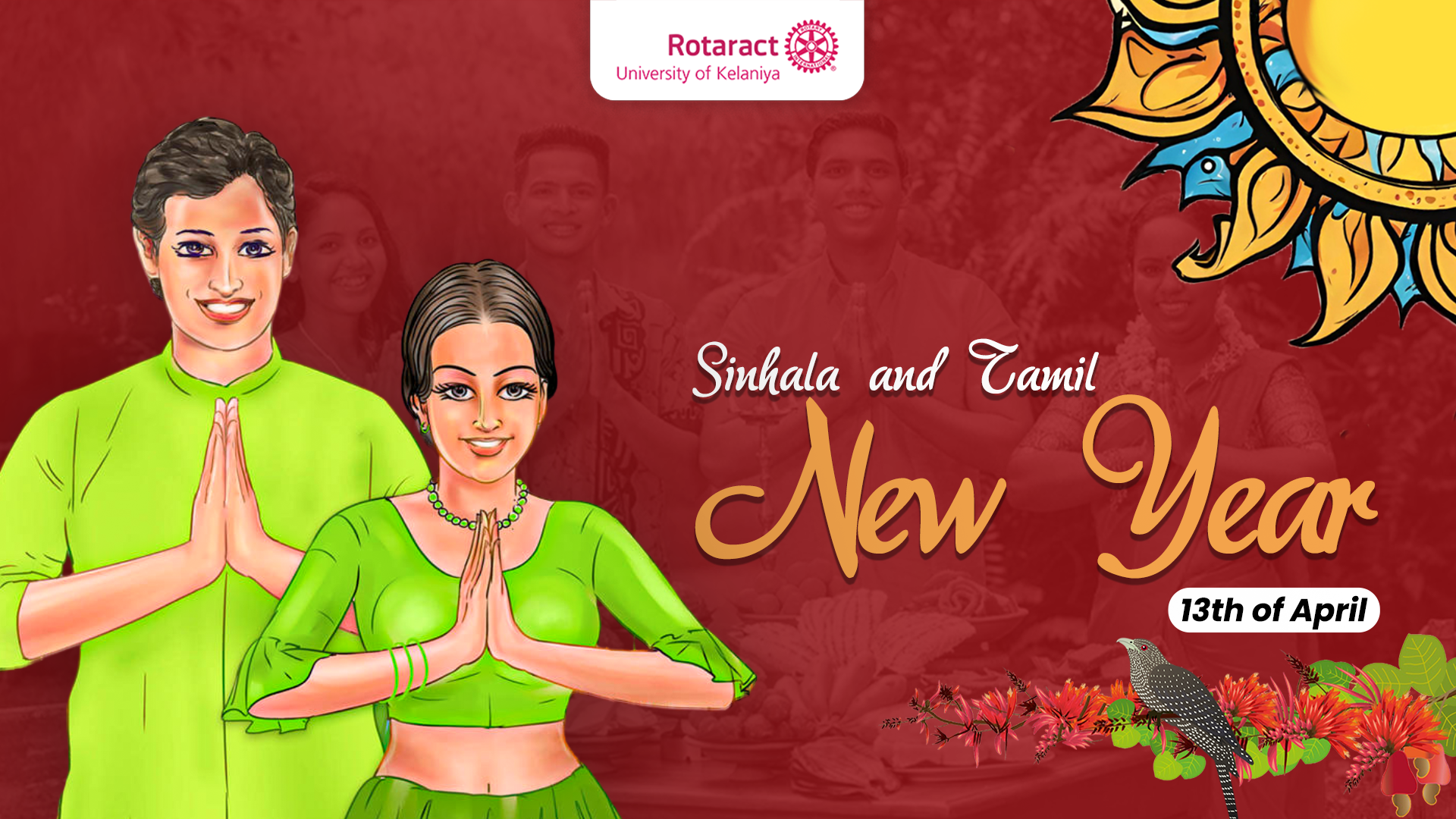“Exploring the Rich Cultural Tapestry: Sinhala and Tamil New Year Celebrations in Sri Lanka”
The Sinhala and Tamil New Year holds a special place in the hearts of Sri Lankans, serving as a unifying celebration that transcends cultural and religious differences. Referred to locally as “Aluth Avurudu” or “Puthandu,” this ancient tradition marks the transition from the old year to the new, embodying themes of renewal, prosperity, and the triumph of light over darkness.
Preparations for the New Year commence weeks ahead, with families engaging in thorough house cleaning, adorning their homes with vibrant rangoli designs, and shopping for new attire. The eve of the New Year is marked by the observation of auspicious times called “nakath,” guiding the lighting of hearths and the initiation of festivities.
Central to the celebration is the beloved traditional New Year dishes, including kiribath (milk rice), kokis (crispy snacks), and kavum (sweet treats), symbolizing abundance and good fortune for the year ahead. These culinary delights are lovingly prepared and shared among loved ones, reinforcing bonds of family and community.

The Sinhala and Tamil New Year also encompasses a variety of cultural performances and traditional games, showcasing Sri Lanka’s rich heritage. Competitions like “Avurudu Kumaraya” and “Avurudu Kumariya” highlight the talents of young individuals, adding to the festive ambience.
Traditional games such as “kotta pora” (pillow fights), “kana mutti” (blindfolded games), and “aliyata asiriya” (tug-of-war) foster camaraderie and friendly competition among communities.
While the New Year celebration is inclusive of all Sri Lankans, it holds particular significance for Buddhists and Hindus. Devotees visit temples and kovils to seek blessings for the year ahead, participating in religious rituals that invoke prosperity and well-being.
What makes the Sinhala and Tamil New Year truly exceptional is its ability to bring together people from diverse backgrounds in a spirit of unity and harmony. Regardless of ethnicity or religious affiliation, Sri Lankans come together to partake in the customs and festivities that define their shared cultural heritage.
As the old year gives way to the new, the Sinhala and Tamil New Year serves as a poignant reminder of the resilience and interconnectedness of Sri Lanka’s communities. It is a time for reflection, celebration, and anticipation of a future filled with hope, prosperity, and peace.





